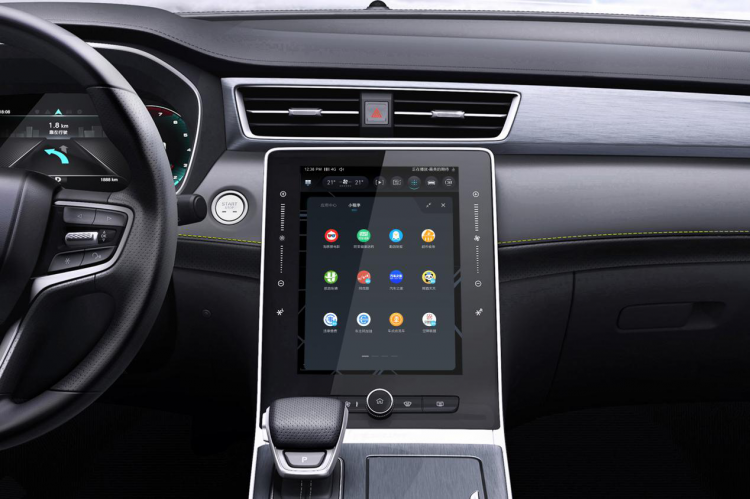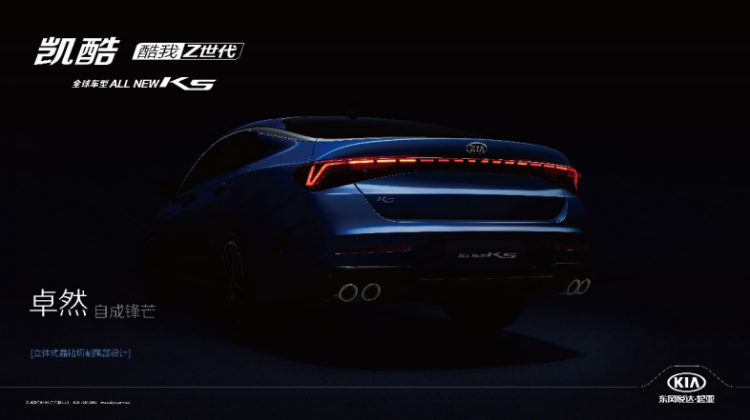[Introduction] The mini program on the car is not simply copying the mobile phone mini program to the car, but it needs to be customized and developed in line with the digital travel scene. Relevant scene services in and after the car ensure the natural and smooth flow of information and realize the seamless connection between people, cars and services. This is the essential difference between the applets jointly launched by Alipay, SAIC, and Banma and other in-vehicle applets.
Car mini-programs have opened up, BAT three giants compete for new tracks
In less than two years, the battle between Alibaba, Baidu, and Tencent’s mini-programs has spread from mobile phones to cars, and smart connected cars are becoming another new battlefield for BAT mini-programs to compete. Car applets have many advantages over car APPs, not only running faster, saving space and traffic, but also enriching car service content.
Beginning in 2018, Tencent, Baidu, and Ali successively announced their entry into small programs, and moved their respective small program ecology into cars. Some industry analysts believe that BAT’s entry into the Internet of Vehicles regards cars as future traffic portals, and the in-vehicle applet is actually a tool for BAT to compete for vehicle traffic.
Unlike mobile phone applets that emphasize entry, openness, and functional positioning, car applets have higher requirements in terms of wake-up methods, interaction methods, scene building, and AI integration capabilities. Therefore, the three BAT companies focus on their respective ecological and strategic layouts, and play different ways of playing small programs in the car travel scene.
It is understood that Tencent’s in-vehicle mini-programs pay more attention to the initiative of services, that is, to find people for services based on location; Baidu’s mini-programs emphasize the openness of ecology; Ali’s mini-programs focus more on intelligent scenarios on the basis of emphasizing service-finding people coherence.
In contrast, the Ali Mini Program advocates the “one cloud, multiple terminals” strategy, focusing on changes in travel scenarios, and realizes intelligent scene services that are naturally connected in series before boarding, driving, and after getting off the car, which is more in line with the actual needs of users for digital travel.
It is worth mentioning that the in-vehicle applet is not a simple “cast screen on the car” or “mobile phone applet on the car”, but a more difficult applet that is highly integrated with the in-vehicle system. This provides an opportunity for AliOS, which focuses on in-vehicle systems, to overtake on curves.
Three parties jointly customize the car mini-program for the first time on the car. The seamless connection of people, cars and services defines digital travel.
In order to comply with the new trend of “digital new infrastructure” and the development of Internet of Vehicles, SAIC Motor, Alipay, and Banma Network took the lead in taking action. The jointly built in-vehicle applet will be the first to appear on the new Banma Zhixing VENUS system, and will be launched in SAIC Motor’s new car Roewe in May this year. The RX5 PLUS was launched on the Internet, becoming a pioneer in promoting the digitalization of the automotive industry and the digitalization of user travel.
According to the data, Alipay, as the unified framework of Ali applets, adopts the strategy of “one cloud and multiple terminals”, which integrates all the “developer ecology” of Alibaba Group, and realizes one delivery and multiple terminals based on a unified base. As a smart car networking platform, Banma is the first car terminal based on AliOS system and Ali applet “one cloud and multiple terminals”. SAIC is the first automaker to realize the implementation of the Ali Mini Program based on the Banma Zhixing system.

Relevant persons in the Banma Internet market said that Alipay, SAIC, and Banma have cooperated in depth to open up the scene engine of vehicle status, in-vehicle systems, and in-vehicle applets, and actively recommend services to users based on their location and habits. and Alipay’s non-sensing payment capabilities to realize the closed-loop service experience of related scenes in front of the car, in the car, and behind the car.
For example, a user makes a reservation for dinner at a restaurant through the mobile phone Alipay applet. When the user gets in the car, the car will automatically navigate to the destination for the user, and the car applet will take the initiative to reserve a number; if encountering traffic In case of congestion, the mini program will also actively remind the user whether to postpone the reservation time for half an hour according to the arrival time; when arriving near the restaurant, the system will automatically wake up the mini program and recommend the nearest parking lot for the user; after getting off the car, the on-board mini program will Seamlessly connected to the mobile terminal, users can view restaurant reservation information on the mobile applet.
It is understood that Alipay, SAIC, and Zebra’s deeply customized mini-programs have two major characteristics. First, it is highly integrated with the in-vehicle system, realizing deep integration with voice interaction, map navigation, and scene intelligence. Through multiple rounds of interaction with small programs, it realizes native experience, hand-car interconnection, AIOT (intelligent hardware control), and situational intelligence-driven service search. People wait for car life services, creating a “benchmarking experience in car services”; the other is to enrich ecological services based on small program containers. Zebra has developed a small program container based on the AliOS system. A large number of mobile phone small programs can be directly migrated and run in this container, and it only takes one week to achieve rapid adaptation with the car small program. At the same time, SAIC Motor and AliOS system also provide many in-vehicle capability APIs for this container, including API interfaces such as vehicle speed, vehicle information, and Bluetooth interface, as well as API interfaces such as multi-modal interaction capability, on-vehicle map capability, and on-vehicle payment capability, which are convenient for developers to quickly integrate. , in order to better support those applets developed specifically for the in-car experience. This function will be the first to be mass-produced and implemented on the Roewe RX5 PLUS, a smart networking SUV of Xinguochao.
It is worth mentioning that the car applet jointly customized by SAIC Motor, Alipay, and Banma Network has opened up the multi-terminal experience of mobile phone applets and car applets, connecting related scene services before, in, and behind the car. At the same time, through AI voice interaction, The scene engine service finds people, etc., which are more suitable for in-vehicle interaction to reach users, realize the seamless connection of people, vehicles, and services, and create a model room for digital travel in the 5G era.




